At just under £20 000 the Polish Zeta Zero Venus Picolla are a substantial investment, but they are gorgeously built and something of a work of art Janine Elliot thinks? How do they sound?
Tomasz Rogula takes after my heart. He is a sound engineer and owner of a recording studio, unadventurously named TR Studios, apparently very major in Poland. More than that, he is chief designer and founder of Zeta Zero. Zeta Zero is an audio manufacturer from Warsaw, Poland, specialising is multi-ribbon tweeters with large woofer loudspeaker systems, whilst also branching into original powerful monoblocks offering damping factor of 1600 at 8Ω (that is over 1000W RMS!).
Tomasz’ heart and soul is really in the speakers, and having seen them and heard them in a recent UK show I wanted to take them for a ride myself. My own reference system includes a Townshend ribbon supertweeter and the Wilson Benesch Torus subsonic generator, so I wanted to test for myself an all in one offering using similar technology of carbon (though smaller at 12”) woofer, and this time no less than three ribbons.
The Venus Picolla comes in a choice of four finishes (Black, Mahogony-Brown, Sahara Sand and Transparent) with other colours on request, all artistically designed curves of hundreds of beautiful layers of wood all braced together with hundreds of screws at more than 200 points, forming a design inspired by architecture and sculptures. The shape is also based on musical instruments and with the absence of any parallel points the design effectively diminishes harmful effects of standing waves or resonances.
Lionel Monageng from Superior Hifi (UK Distributor) delivered the beautiful work of art to my living room, making my house look more like it was Tate Modern. Apparently the shape is also based on the female form. Being a Venus, I guess that relates to a woman’s beauty, as captured by Paleolithic sculpturers of the past. As long as that is not how the designer sees me; its large bottom, holding the 12” carbon woofer built to Zeta Zero’s specification, looks like it seriously needs to go to weight-watchers. Whether or not you like the looks, this certainly is a radical speaker, reminding me of Vivid and other radical enclosures, and perhaps Lawrence Audio Cello or Double Bass.
The Zeta Zero models (presently a range of 4) are all designed not just for aesthetics, but to get the best sound. Quoted at 26-50,000Hz this 3-way design of a single bass, two mid-ribbons and a super tweeter allows short-term peaks up to 1000W, meaning your house, or rather mine, was filled with music with no signs of stress or pain. Indeed, these 65kg speakers can cope with rooms of up to 100sq metres quite well and delivering in excess of 130dB peak SPL, not that I tested this.
All Zeta Zero speaker systems employ ribbons for the high frequencies. Tomasz is passionate about ribbons. Indeed, his latest offering, after 6 years of development, has no less than a 360 degree array of a single ribbon and single magnetic ring, the “Orbital 360⁰ ” creating omni-directional sound. What makes the Piccola special is the fact that the ribbons can handle such high levels of sound. These are constructed using nano technologies and the most advanced components which – Thomasz says – are usually only found in military applications. These help to keep down the temperatures.
As well as four terminals allowing biwiring, there are two port holes at the back; one a tuned hole, and the other holding a potentiometer to vary the volume level of the HF above 14dB in a range of +/- 2dB. Also in this port is an RCA socket for a small box housing a 9v battery, supplied with the speaker that activates the computer on-board the Piccola to view the history of overloads on all speaker drivers. The display panel for this is located in the Super tweeter and flashes one of three colours; amber, green or red. Amber means you are still within recommended wattage levels for this model. Being fed with more than 800Watts will turn it red, though I didn’t want to try to test this out. Usually this computer is activated by the signal fed to the speaker when playing music too loud and works as defence mechanism to protect and record overloads. As Lionel told me; “The speaker owner can happily go on holiday and be able to check if the kids had a party while they were away. A ‘Big Brother’ in the Speakers!” (or rather, big sister, going by my earlier comments). Bear in mind the top frequencies only use 1% of the power of the lower frequencies, the highest ribbon would probably only be fed 1 – 5Watts from my own listening tests, so there was no chance of overloading it. The mid ribbons, well perhaps 10 Watts max. I do have neighbours…
This was an interesting review. At £19,990 these are not cheap. They sit alongside B&W, Focal, Kef, Sonus faber, Wilson Audio, Wilson Benesch, Vivid and many other makes of top-notch loudspeakers, so this is a serious review. For just short of twenty thousand pounds this is a lot of money for speakers, but the design and build is certainly worth every penny. There is no MDF or plywood in this model. It was beautifully carved and glossed by a carpenter and is therefore necessary to be part of the cost of owning the artwork, taking considerable time to build each pair.
SOUND
Once set up and toed into my sitting position and around a metre from walls and anything else, I began my listening. The sound was very large, covering the soundstage with mighty detail and with smoothness only ribbons can do. Vocals were precise and inviting and all sounds carried a good depth in front and behind, and a reasonable width. Some people see in colours and for me the colour was a healthy green; not red or yellow brightness or a dull or boring blue or grey. This was exact, just as it should sound. The woofer is so close to the ribbons there wasn’t even a separation of sources or frequencies like some well-known and very expensive speakers that I could name.
Berlioz Symphonie Fantastique (Scottish Chamber Orchestra, Robin Ticciati, Linn 24/192) was exact and not showing any stress when the music gets excited, and this and anything else I played had sounds that were fast and with an ease of driving that only ribbons can do well.
Passing to David Gilmour’s latest offering, ‘Rattle that Lock’, showed the 12” woofer and ribbons at their very best. I don’t normally like large woofers, preferring a smaller bass or two or more in parallel, but these Carbon fibre bass units are very light, and actually don’t move a great amount, so the sound is still quite quick. From the bird atmosphere at the start of the first track “5 am”, to the bass pizzicatos under the string line followed by the electric guitar, to the broken chords on the acoustic guitar that followed, everything was there, and so very clear.
Even with all the power I needed to feed this Venus I could still have played this at 5am without annoying the neighbours, it was so beautiful. Indeed, a test of a really good set of speakers is your ability to talk over loud sections and still be heard. “Rattle that Lock” is very bright and with complicated harmonies, but it was still so clear. Whatever I played gave an authoritative and clear rendition from the very lows to the highs. I only at times found the music lacked the stereo spread I was hoping for that I get from my Wilson Benesch/Townshend Supertweeters, but it was only a small criticism. Everything else was there. And that’s just it; it was all there, very clear, just like I would expect in a recording studio, or even Tomasz’s own studio for that matter. Gilmour “The Boat Lies Waiting” sounded too clinical for me. Perhaps I was missing something that wasn’t there. It was just too easy for me. This album is very top heavy and I could feel it being slightly emphasised by the ribbons; it wasn’t adding anything, just showing the album as it was. I was sitting in a Rolls Royce with beautiful wood veneer, and I really wanted a Ferrari for my bucks. I wanted more excitement.
Switching to the Zeta Zero 1175 poweramps the sound was a different experience, actually working better than the Krell Class A amplifier I normally use to heat up my house. Although at first thought these are Class D, they are claimed as “operating on the principle of continuous (non-digitised) modulation of signal in a purely analogue manner”. Whatever magic is inside the box these amps are very efficient with my electricity supply, which is always a good thing, and with so much oomph available to pump up the Piccola they form a good partnership, though the sound from the amps didn’t work so well when I connected them to my Wilson Benesch. These mono-blocks are really good looking and have connections for single-ended RCA or balanced XLR, with sockets hidden under a flap so you only need to open the one you need, just in case your partner is keen on tidiness.
CONCLUSION
This is a really good offering, particularly if you place importance in the looks of your hifi. You would pay thousands for a work of art such as this, and on top of this it is a pair of loudspeakers. They work well in large or small rooms alike, though if a small room you might not have room for the settee. The sound should be the very best bearing in mind great bass and ribbon tweeters, and whilst it is excellent, it didn’t warrant a 9 from me (I rarely give a nine). There is indeed brilliant harmony between the drivers, particularly bass and mid. But, £19,990 is a large amount of cash to spend, so I would listen to these and a few alternatives before you spend your hard earned cash.
Looks and build to the very highest level
Detailed sound
Excellent frequency range, particularly tops
Ribbons!
Work in small and big rooms
Cons:
Price
Can expose errors in the recording
Not everyone will like the looks
Sound Quality: 8.5/10
Value for Money: 8.4/10
Build Quality: 9.0/10 (Not everyone will like the looks)
Overall: 8.63/10
Janine Elliot
Designer’s Notes
The beginning of Zeta Zero was over 12 years ago but I have been building loudspeakers for over 40 years now. The roots of the design came from pressure from my friends and family to build for them very special and rather unique in sound quality. My wife was a very sensitive audiophile but also business a woman in Citi Corporation which meant she was very tough in her demands and so she was very demanding for the overall quality of the speakers, but also regarding the ART shape design.
One day she said to me: “Thomas, I want for my living room something that is the best not only in a quality, but also very very beautiful in its styling. I will never allow a …” wooden rectangular coffin in my house”. This order drove me to join my ribbon drivers with unusual shapes. Fortunately for me I found shapes that are different to traditional, rectangular boxes are much better in sound quality.
For thousands of years humankind has known very well that non-rectangular shapes are good for music and sound reproduction – look at nearly all instruments and nearly all sources of sound including percussions, pianos, guitars, violins, cellos etc. We do not need a university degree to understand that gently shaped loudspeakers will be better than traditional, rectangular shaped speakers.
Unfortunately contrary to real instruments most loudspeakers are the opposite of acoustic instruments in the respect of the shape. Most loudspeaker designers are probably simply …very very lazy and they prefer to build ” simple coffins” because they are very easy and much cheaper to build than gently shaped or with streamlined bodies as with violins etc…
Of course some may say ‘but a trumpet or a horn is very directional so what?” Ok… but don’t you know that all professional musicians NEVER direct their horn at you directly during the performance?? They always try to move the horn around higher or lower “above your head and into the sky” when they play,but never directly at you as a listener. So they try to create multi directional emission of energy depending on played notes.
In 90% of world class recording studios you will also not find parallel walls or any parallel windows! Any simple shape or parallel walls or planes are strictly forbidden in any good acoustic designs. Unfortunately in most of loudspeakers this simple rule is forgotten, missed and omitted.
So streamlined Zeta Zero shapes were developed and patented.
Mr Tomasz Rogula


















































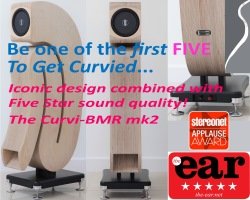

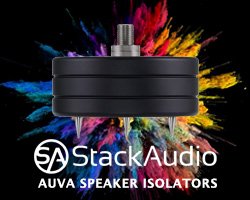
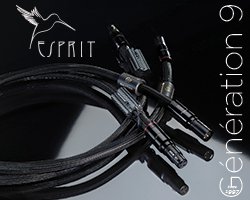
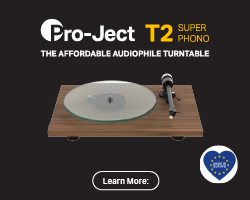
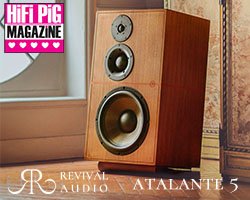
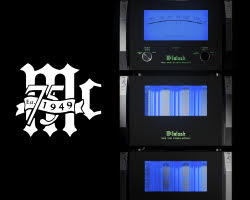
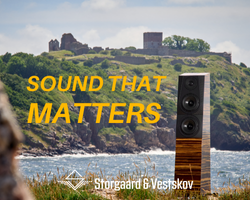
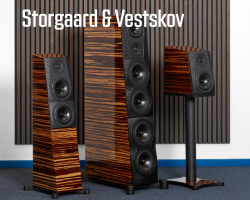


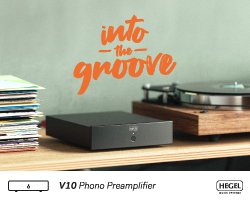


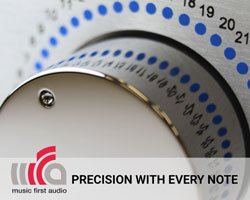


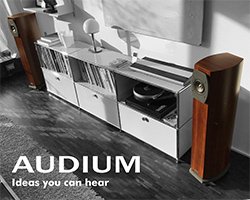
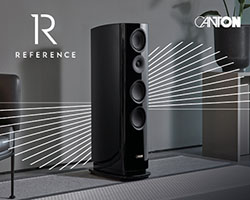

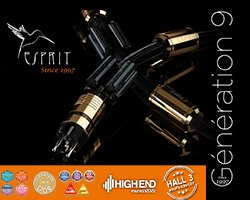

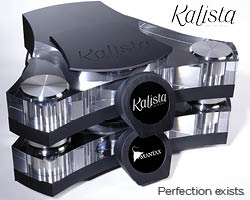



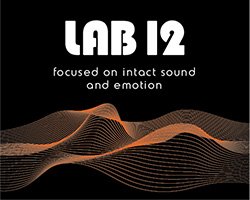

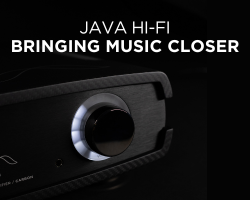
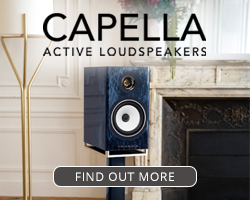


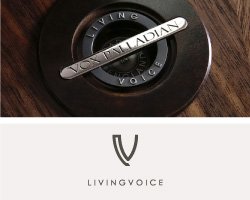

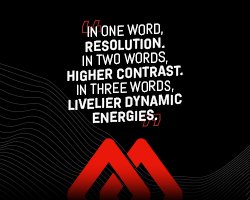
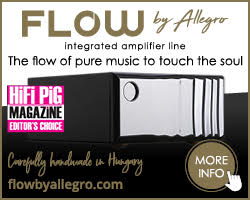

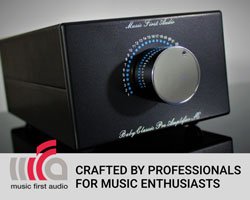
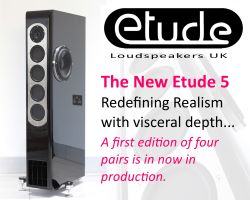

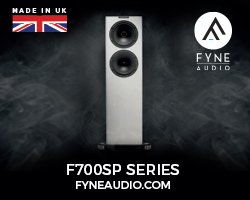
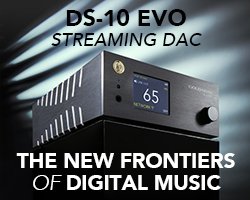



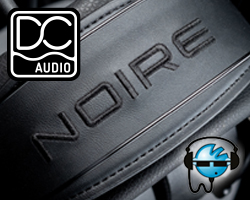



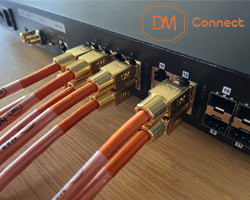
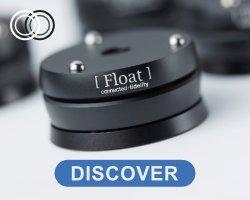
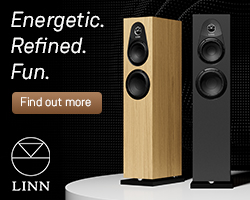

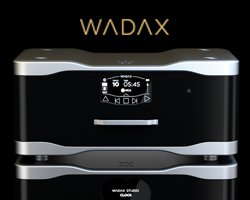

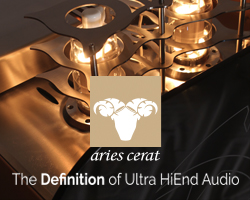
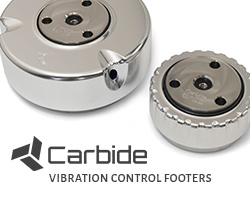




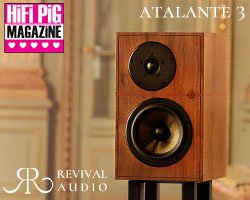
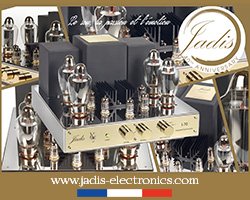


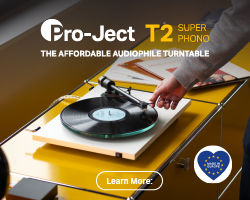





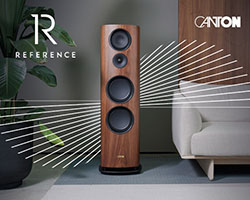













































You must be logged in to leave a reply.